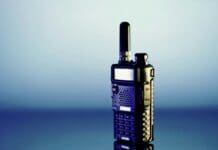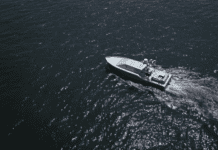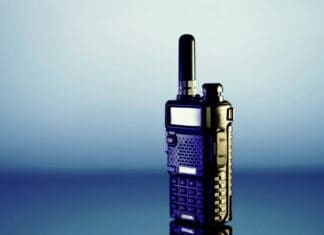This post is also available in:
 עברית (Hebrew)
עברית (Hebrew)
Currently, most navigations, whether military or civilian, rely on a global navigation satellite system. However, concerns have been raised about the current system’s vulnerability to attack; last year NATO officials accused Russia of deliberately disrupting GPS signals during a military exercise.
Economists have also raised concerns, estimating that were these systems to fail or be blocked, the cost to the British economy alone could be £1 billion a day, according to forces.net.
A new quantum accelerator that could allow for navigation without satellites is being developed by scientists at Imperial College London. Funded by the Defence Science and Technology Laboratory’s Future Sensing and Situational Awareness Programme, scientists hope it will be a commercially viable alternative to GPS.
The device utilizes ultra-cooled atoms and lasers to measure position with precision made possible by quantum mechanics. This field is the fundamental theory in physics which describes nature at the smallest scales of energy levels of atoms and subatomic particles.
The system is currently designed to be used for navigating large vehicles such as ships and trains, but smaller-scale devices will be available as the technology develops, according to teslarati.com.
The new standalone quantum accelerometer is untraceable and does not need external signals for navigation.
“This is a device for navigating,” explains Professor Edward Hinds. “But it’s a way of navigating without needing talk to any satellites or external parties… it’s actually very easy for someone who wants to cause trouble to block the satellite system and then you don’t know where you are.”
“If you want to go on a mission which requires you to travel for some length of time and not give away your position by communicating with satellites… Just to travel quietly without giving away your position, you can do that with this device,” Professor Hinds adds.


























